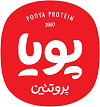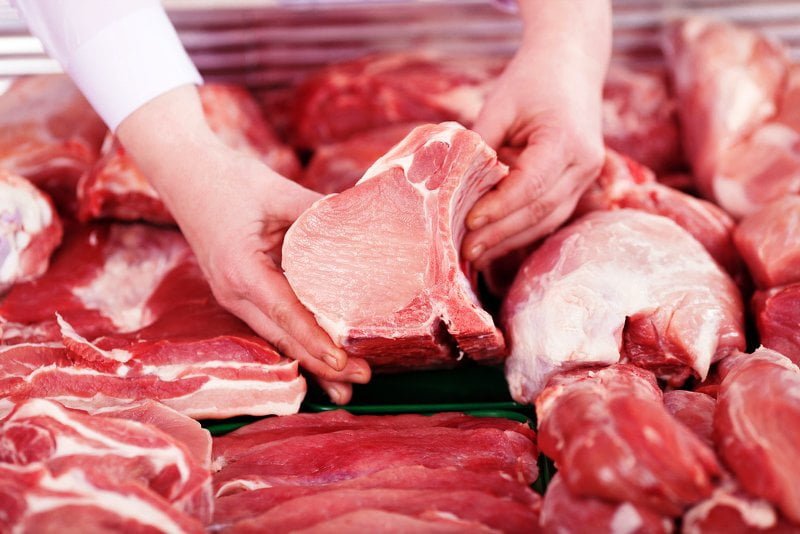Guide to buying red meat
The first step in buying red meat is to pay attention to the seal of the veterinary organization. Now let’s get to the point. The old people say that the lighter the color of the meat, the better and easier to digest, but this is not true. For example, young veal meat has a light color, but you should know that it is not easy to digest this meat at all.
Always engrave this point in the corner of your mind that if the meat has muscle fibers, it means that the slaughtered animal was old. Good meat is alive with a light color and the fat is white or slightly yellow. The hardness of the meat can also be a criterion for a better purchase. If the meat is loose, it means that the back is limping.
Terms you hear in butchers:
On that big board in the butchers, there are terms that can be strangely confusing to newbies, but don’t worry, because after this, the meaning and meaning of all of them is in the palm of your hand.
half: Half the body of a Lamb
Lamb Short Line: meat on both sides of the spine (Lamb & Veal)
Lamb Shoulder: One third of the meat of the neck, forearm and ribs
Lamb Palm: A piece of breast meat and Lamb Flank
Lamb Foreshank: Lekham meat without muscle fat
Lamb Leg Shnak: The meat behind the back and the back of the liver is white
Tripe: Lamb and Vealrumen, which is rich in B vitamins.
Feet: The meat is the leg muscles of the animal.
What you should know about the health of meat:
As soon as fresh red meat stays in the store for more than 24 hours, the fat will foam on it. In this case, you can see the air bubbles on the meat. In this case, the color of the meat will be dark. Paying attention to fat can also reveal the secrets of leftover meat; In this case, the fat is pus and dark.





